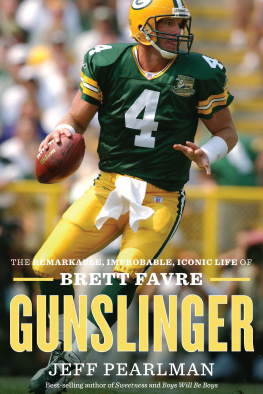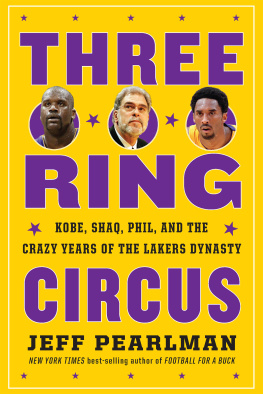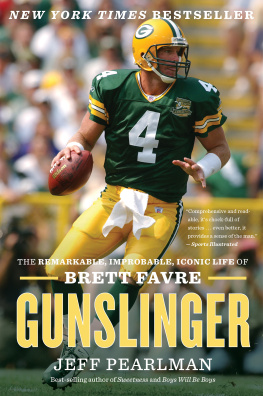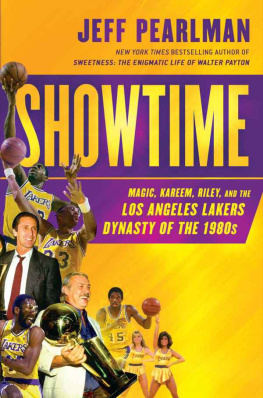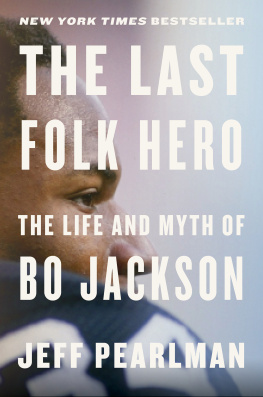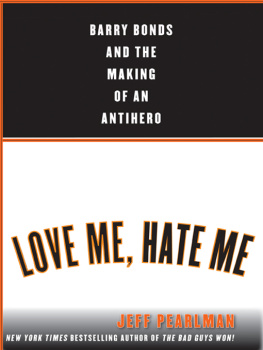What would I be without baseball? I could think of nothing.
T he candle is lit. It shouldnt be, but it is.
We are, after all, human. We walk out of the supermarket without remembering to pay for a mango. We jaywalk and run reds and bum cigarettes when were six months into quitting.
We forget to extinguish candles.
It happens. In fact, its literally happening, right here by the bedside of Jonathan Benoit, a 14-year-old Seekonk, Massachusets, resident and one of the worlds biggest Red Sox fans. It is a warm May night in 1996, and as he drifts off to sleep, young Jonathan takes one last glance at the walls covered with images of his hero, Roger Clemens. Along with a few pictures of a half-naked Pamela Anderson, there are eight full-sized posters of Clemenseach one depicting the Boston ace in a different phase of his windup and release. You cant count the ways this boy loves Roger Clemens. His snarl. His intensity. His blue Red Sox cap pulled down over his eyes just so. His 97-mph fastball that causes opposing hitters to instinctively flinch. Clemens is the reason Jonathan wears uniform number 21 in youth ball, the reason he relishes brushing batters back. The Rocket, he tells anyone who will listen, is the man.
As the boys eyelids grow heavy, the candle falls onto his blanket, and fire and smoke engulf Jonathan and those eight Roger Clemens posters. Jonathans door is shut, so his parents dont hear the crackling of wood. But his dog, a husky named Tasha, wakes everyone up. As Jonathans father rushes for the nearest fire extinguisher, his mother begs for the boy to stay alive. I dont want to die! he screams. I dont want to die!
He never loses consciousness, even though burns cover more than 60 percent of his body. The paramedics arrive and strap him to a stretcher. Tasha barks wildly. His parents clasp hands. His walls, once covered by images of his idol, are now black.
I eventually returned to my body, Jonathan says, and fought to live.
WHEN THE EIGHTH-GRADERS AT Seekonk Intermediate School learned of their classmates accident, they were devastated. The details were sketchy: Jonathan was in a fire. Jonathan had been taken to the Shriners Burns Institute. Jonathan might live. Jonathan might die. It was very hard, says Kathryn Dunlap, Jonathans teacher. As an educator, youre fairly powerless in that situation. But we came up with a plan.
One hundred and sixty-three of Jonathans classmates wrote to Roger Clemens, telling him that his biggest fan was on the verge of death. To be honest, says Dunlap, I had no expectations. It was just something to do. I hoped he would see them. Two weeks after the fire, Clemens saw them. The Red Sox were in Seattle to play the Mariners when, before the fourth game of the series, a thick FedEx bundle was placed atop his clubhouse chair. In the midst of recovering from a knockout fever that sapped most of his strength, Clemens leaned back on a table in the trainers room and started to read. Tears streamed down his cheeks. The man known as a cold, heartless baseball killer was speechless.
Within a month, Clemens was standing in the auditorium at Seekonk Intermediate School, addressing the eighth-graders as their classmate was swaddled in bandages, lying in a hospital bed. The baseball star insisted that no media be admitted, so the next days newspapers carried no stories. When Jon recoversand he will recoverhell need your love and strength and support, Clemens told the children. Theres nothing more powerful than friendship. Use that power.
Five weeks later, Clemens walked into Room 325 at Shriners Burns Institute wearing a blue Boston Red Sox jersey and cap and white pants, and armed with a slew of autographed items. It was Jonathans 54th day in the hospital, and his hope had long ago been replaced by despair. Yet when Clemens arrived, everything changed. I knew at that very moment that I would be OK, says Jonathan. He represented something very powerful to me.
The pitcher took a long look at his young fanarms layered in bandages, hands wrapped in blue gauze, neck coated with reddened scabs and scarsand asked that everyone leave the room. For the next one and a half hours, Clemens forcefully told Jonathan he would again wear number 21 and throw inside fastballs. We all face obstacles in lifesome harder than others, he said. This is your big one.
One year to the day after the fire, Jonathan was back on the baseball field. He would go on to play two years of junior varsity baseball at Seekonk High beforelate in his junior yearbeing called up to varsity. That was a big day for me, he says. Most of the people I knew thought Id never play again, and I made it. I owed that to a lot of friendsbeginning with Roger Clemens. He had a fan for life.
THE YEARS HAVE PASSED. The photographs and memories have faded. The Roger Clemens who visited Jonathan Benoit on that July afternoon was a 33-year-old 185-game winner who hoped to finish his career with the Boston Red Sox. The Roger Clemens who exists today is a 46-year-old 354-game winner who turned himself into a baseball mercenary. The Roger Clemens who visited Shriners Burns Institute that day was known as a happily married father of three who refused to go more than a handful of days without seeing his wife, Debbie. The Roger Clemens who exists today is still battling bad press over his 10-year affair with a country singer named Mindy McCreadya woman he allegedly first had sex with when she was 17. She was only one of many women with whom he committed adultery over the past 15 years.
The Roger Clemens who motivated Jonathan that day was baseballs hardest workerone of the first pitchers to regularly lift weights, to run outfield sprints between spring training innings and to conduct rigorous off-season regimens that would cause some Green Berets to vomit. Ive never met anybody who was driven like Roger, says Mike Greenwell, the longtime Red Sox outfielder. When they told him not to lift weights, he did it anyway. When they told him not to run, he said, Screw you, and went running. The man would throw nine innings, come in early the next morning, toss on his running shoes and spend an hour running the streets of Boston. There was nobody like him.
The Roger Clemens who exists today is scorned by many as a cheater who used performance-enhancing drugs, broke the law to do so and then lied about it before Congress. He is a man who lives in shame.
Like his hero, Jonathan Benoit has changed, too. Now 26 years old, married and the father of two boys, he works distributing electronic components near his home in Kingstown, Rhode Island. To this day, Jonathan thinks of Clemens nearly every time he rubs his fingers over the scars he bears from that fiery night. He recalls the baseball player who, in a sense, helped bring him back to life. Ive been defending Roger for years, he says. If you come to the office in my house, youll see his jersey, his hat, the signed baseball cards and the signed pictures. The man is an idol to me, and when I needed himwhen I really needed himhe was there. He stepped up.



